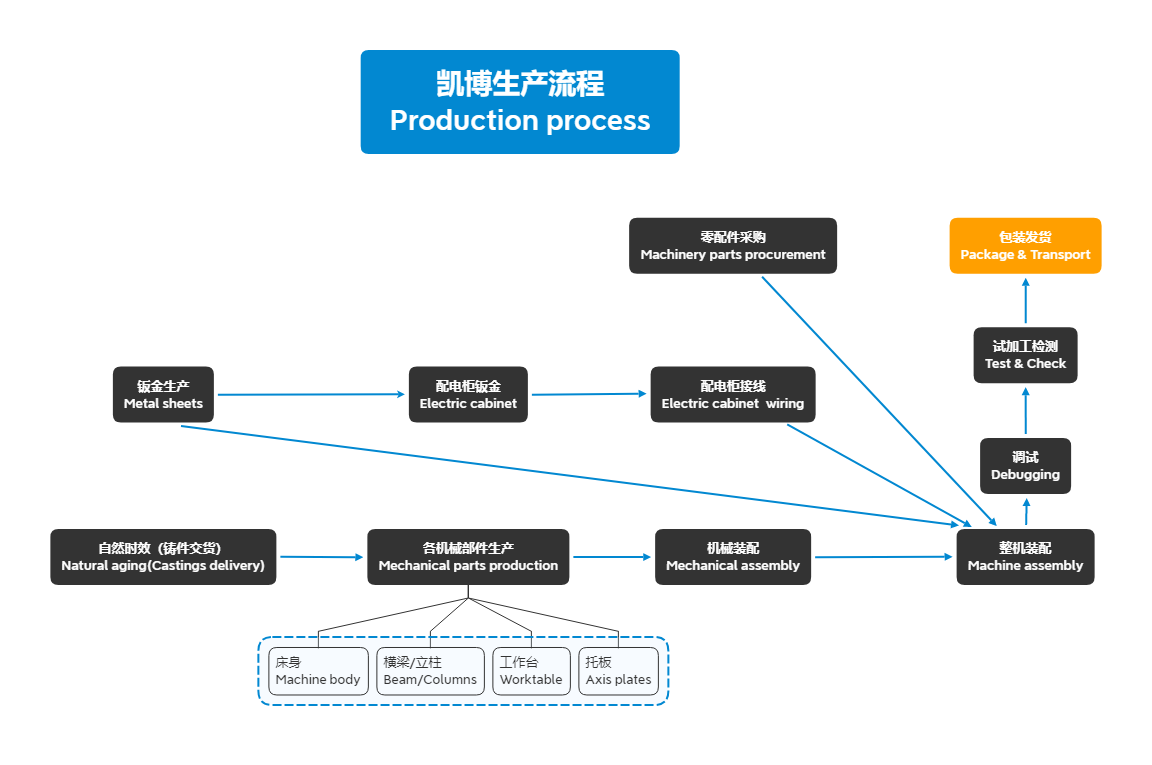
Are you a manufacturing professional struggling with the complexities of five-axis联动 programming and the challenges of machining complex parts from graphite materials? If so, you're in the right place. In this in - depth专题报道, we'll explore the core techniques of five - axis联动 programming and how Kaibo CNC's products can help you overcome these hurdles.
Five - axis联动 programming is a complex yet powerful technique that allows for more precise and efficient machining of complex parts. We'll start by delving into the key aspects of this programming logic, including coordinate system transformation, tool path optimization, and simulation verification methods. For example, coordinate system transformation is crucial as it enables the machine to accurately position the workpiece and the tool in a multi - dimensional space. By understanding how to transform between different coordinate systems, you can ensure that the tool moves precisely along the desired path.

Manufacturing industries often face several challenges when it comes to five - axis联动 machining. Precision control is difficult, interference misjudgment is common, and thermal deformation can significantly affect the quality of the finished product. We'll focus on providing solutions to these problems. For instance, to deal with thermal deformation, we can adjust the cutting parameters and use cooling systems to maintain a stable temperature during the machining process. As an industry expert once said, "Proper management of thermal deformation is the key to achieving high - precision machining in five - axis联动 processes."
Graphite and other non - metallic materials have unique properties that require specific programming strategies. Their softness, high thermal conductivity, and brittleness can all influence the choice of cutting tools, cutting speeds, and feed rates. We'll analyze how these material characteristics affect programming and provide targeted adjustment suggestions. For example, when machining graphite, we need to use sharp cutting tools with high rake angles to reduce cutting forces and prevent material chipping.
To better illustrate the practical application of five - axis联动 programming, we'll present real - world project cases such as impellers and mold cavities. These cases will show the entire process from programming to actual machine - tool machining. We'll walk you through each step, including how to set up the CAM software, plan the tool path, and perform simulation verification. By studying these cases, you can gain valuable insights into how to apply the programming techniques in your own projects.
There are several mainstream CAM software options available in the market, each with its own settings and features. We'll compare the key settings of these software and point out common mistakes and how to avoid them. For example, some users may set incorrect tool compensation values in the CAM software, which can lead to machining errors. By being aware of these potential mistakes, you can ensure that your programming is accurate and efficient.
Building a standardized programming process is crucial for shortening the trial - production cycle and improving the first - pass success rate. A standardized process ensures that all programming steps are consistent and repeatable, reducing the likelihood of errors. With a well - established standardized process, you can significantly improve the efficiency of your trial - production and increase the one - time forming success rate by up to 30% according to industry statistics.
Kaibo CNC's FH855L RTCP five - axis vertical machining center plays a vital role in achieving efficient and precise non - metallic material machining. Its high - precision positioning and stable performance make it an ideal choice for manufacturing enterprises. For example, in the machining of graphite materials, its stable performance can effectively reduce the impact of cutting force fluctuations and thermal deformation, ensuring the accuracy and quality of the finished product.
Do you have any questions about five - axis联动 programming or Kaibo CNC's products? Feel free to ask in the comments section below, and we'll do our best to answer them.
Discover how Kaibo CNC FH855L RTCP can transform your machining process!

